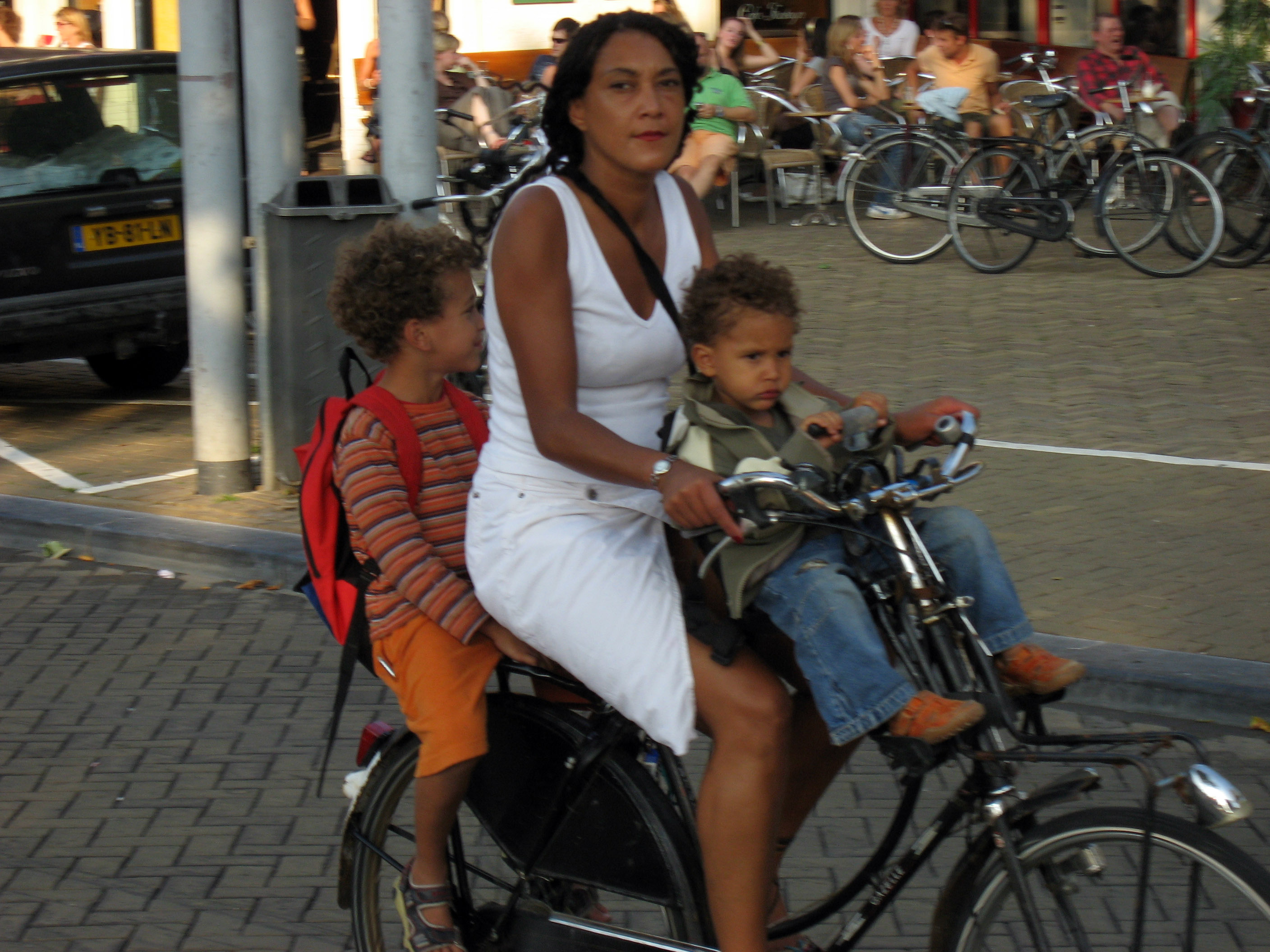
Car-free living
Car-free living is unbelievably easy here in Germany; the country has one of the most extensive train networks in the world. Every major city has a subway or tram line to get you in and out of the city quickly. And bike paths are laid through cities and farm fields, paving the way for a cycling commute that often beats traffic during rush hours.
Building a car-free community, however, hasn’t been the easiest thing. Theoretically, it seems simple: instead of paving roads between apartment buildings and town homes, the housing community maintains a green courtyard between homes, where the kids can play and residents can garden or picnic, as they like. Cars, if residents want them, need to be parked in a garage on the outskirts of the neighborhood. In some cities, like Berlin, however, disagreements with the municipality have made it nearly impossible to get projects started.
In my hometown of Cologne, the first car-free community is being constructed on old industrial land and the results are really interesting. The homes are selling quickly, and the residents who’ve already moved in are praising their oasis in the city. The Christian Science Monitor also recently posted an article about a suburb of Freiburg, Germany that was built on the principles of a car-free lifestyle (among other eco-friendly amenities, like renewable power):
There are numerous incentives for Vauban’s 4,700 residents to live car-free: Carpoolers get free yearly tramway passes, while parking spots – available only in a garage at the neighborhood’s edge – go for €17,500 (US$23,000). Forty percent of residents have bought spaces, many just for the benefit of their visiting guests.
As a result, the car-ownership rate in Vauban is only 150 per 1,000 inhabitants, compared with 430 per 1,000 inhabitants in Freiburg proper. In contrast, the US average is 640 household vehicles per 1,000 residents.
And though there are only one-quarter of the cars in this town as in the average American one, people still get their shopping done, pick up the kids from soccer, and take vacations on an annual basis. Imagine: having it all. Without the car. Your life could look a little like this:

Now doesn’t that look like more fun than rush hour?




